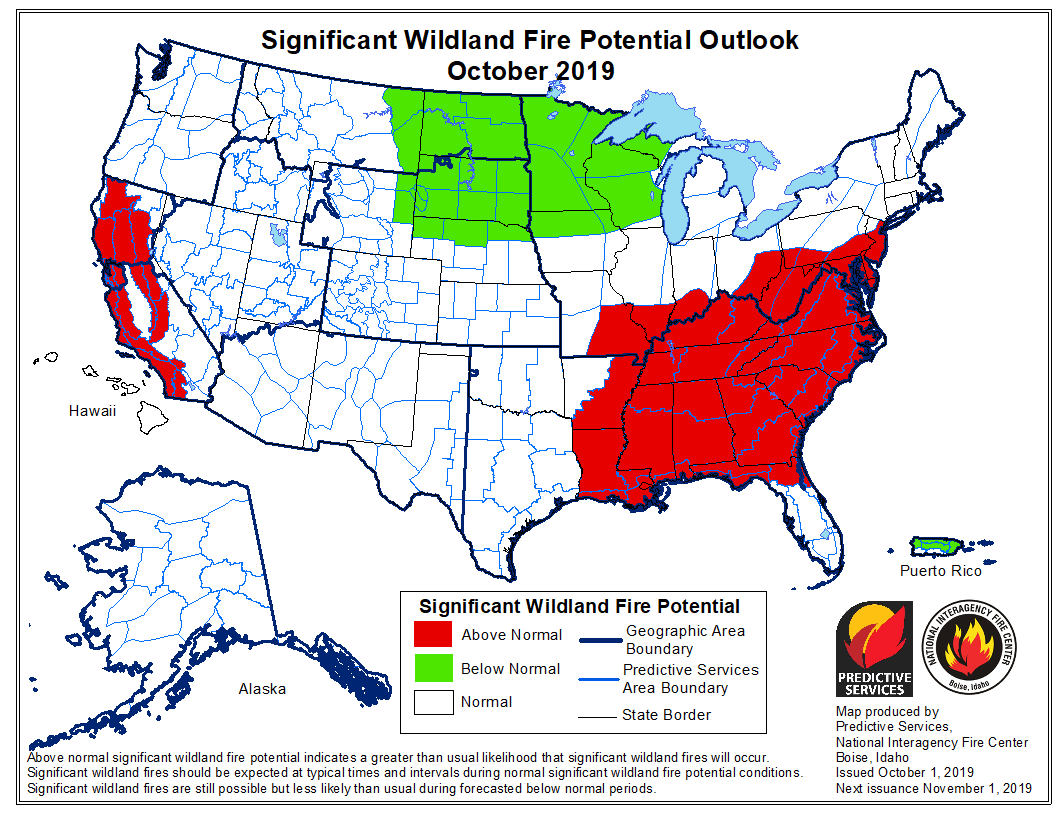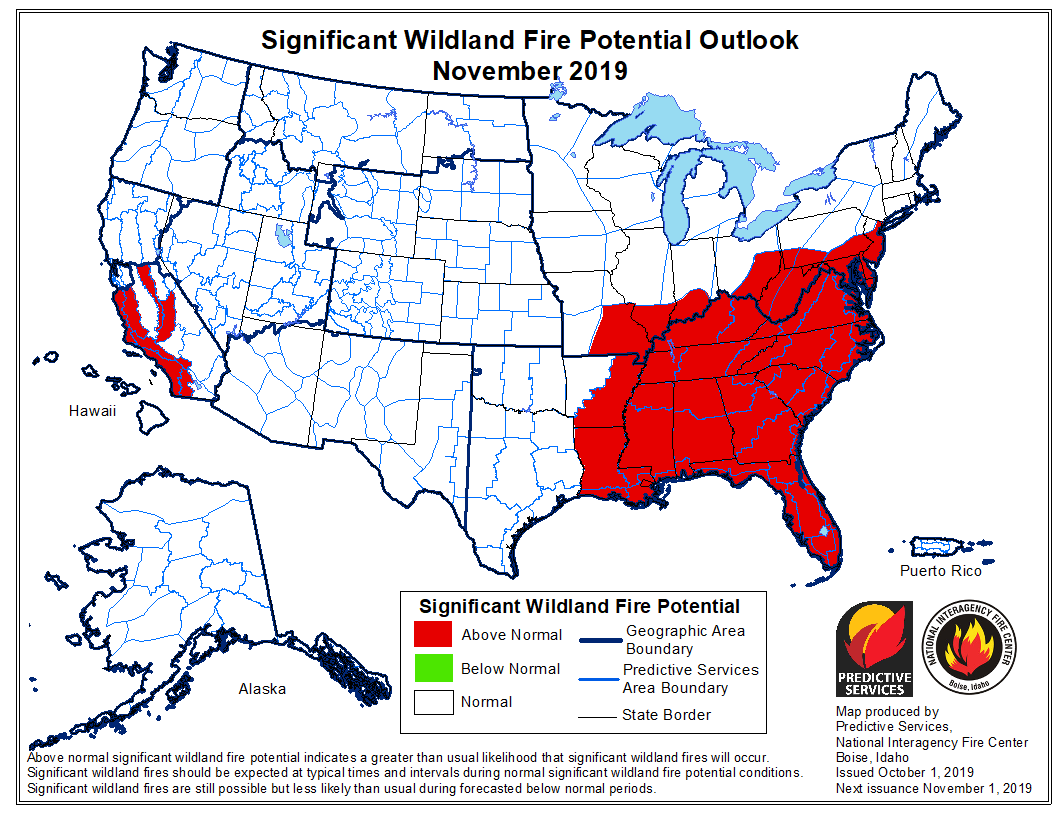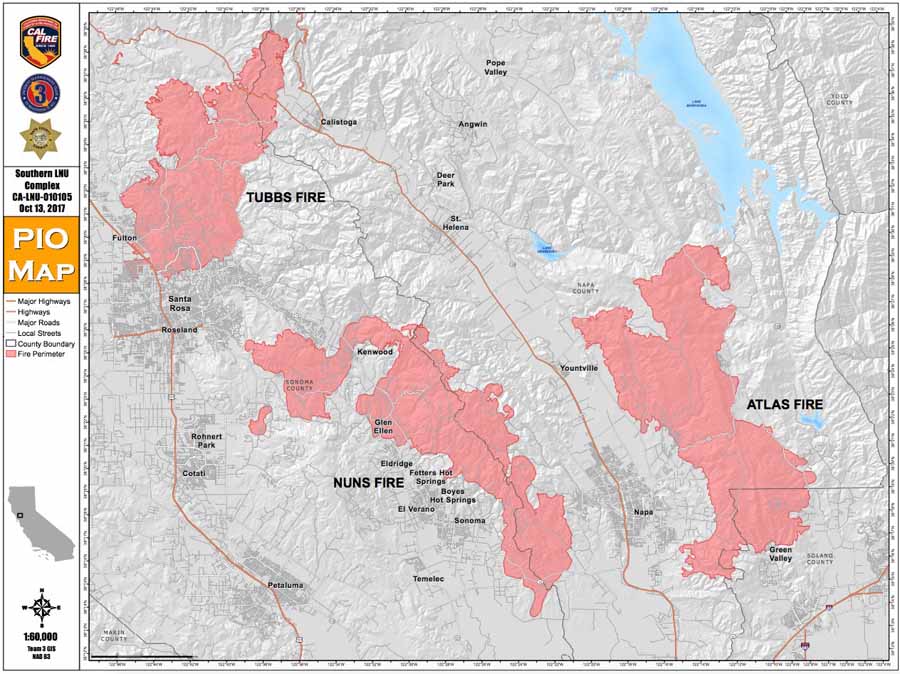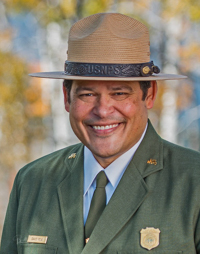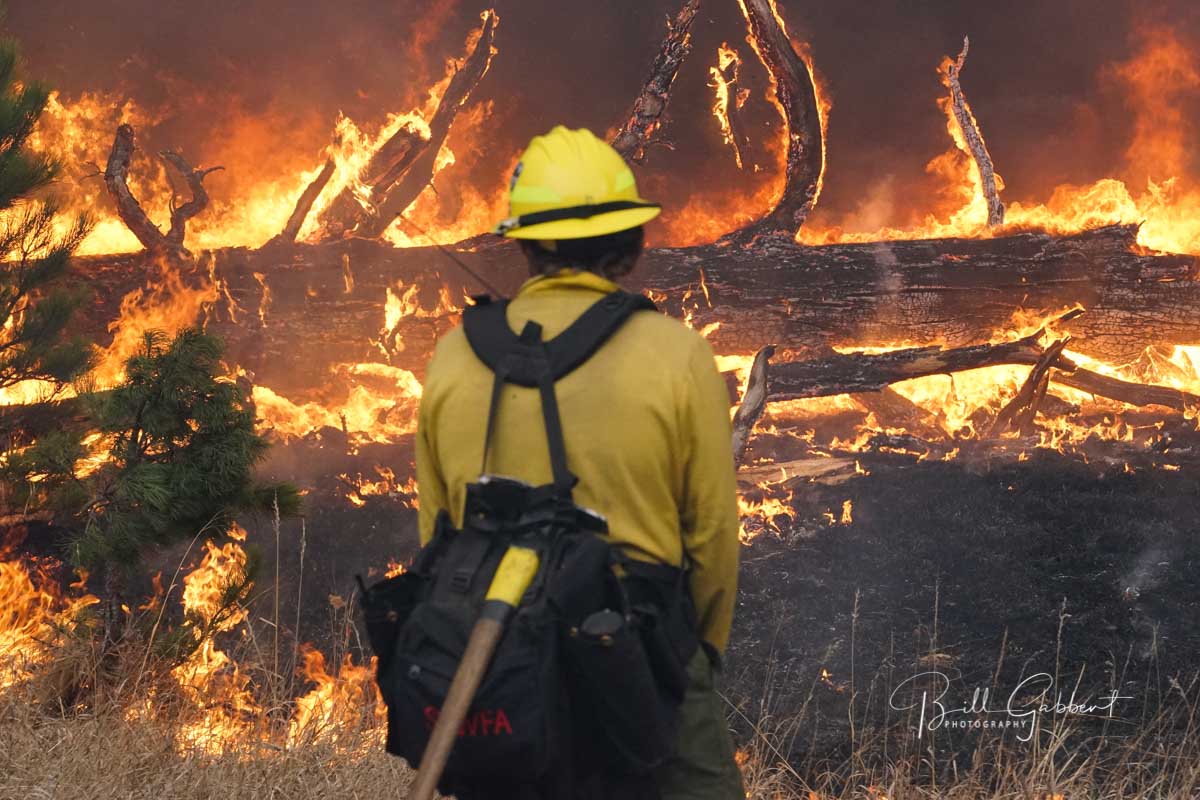
Yesterday the Governor of California signed into law two pieces of legislation that can improve support for the mental health of firefighters.
The California Firefighter Peer Support and Crisis Referral Services Act authorizes state, local, and regional public fire agencies to establish a Peer Support and Crisis Referral Program to provide an agency-wide network of peer representatives available to aid fellow employees with emotional or professional issues. The bill also provides that emergency services personnel have a right to refuse to disclose, and to prevent another from disclosing, a confidential communication between the emergency service personnel and a peer support team member, crisis hotline staff member, or crisis referral service.
A second bill, SB-542 Workers’ Compensation, classifies post-traumatic stress as an “injury”, like conventional physical injuries. This will allow compensation for hospital stays, surgery, medical treatment, disability indemnity, and death benefits.
The bills do not apply to federal employees, with a few exceptions for some NASA and Department of Defense firefighters in the state.
These bills are a step toward recognizing presumptive diseases or injuries that when suffered by a firefighter are presumed to be an on the job injury, and would be treated as such. Montana, British Columbia, Washington, and other jurisdictions have presumptive disease programs for firefighters. Of course the key is the list of diseases that are covered. Listing one or two would leave out the eight or ten others that can be caused by serving the public as a firefighter.

